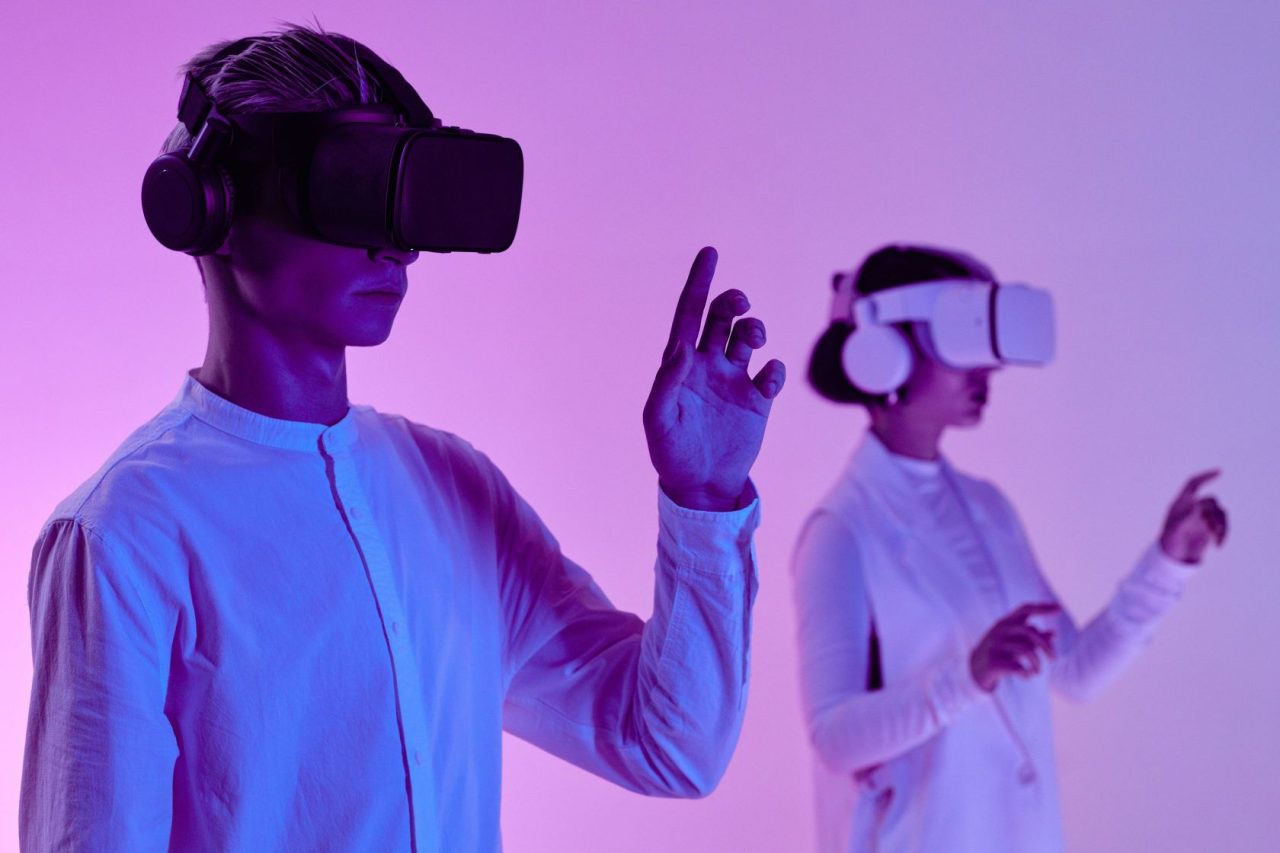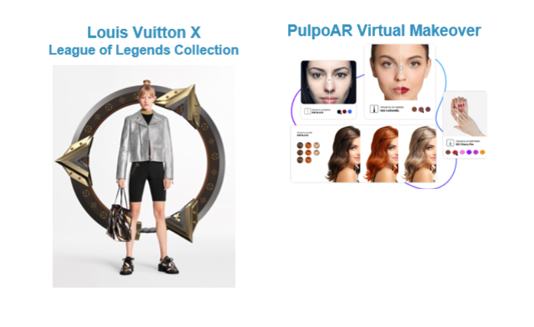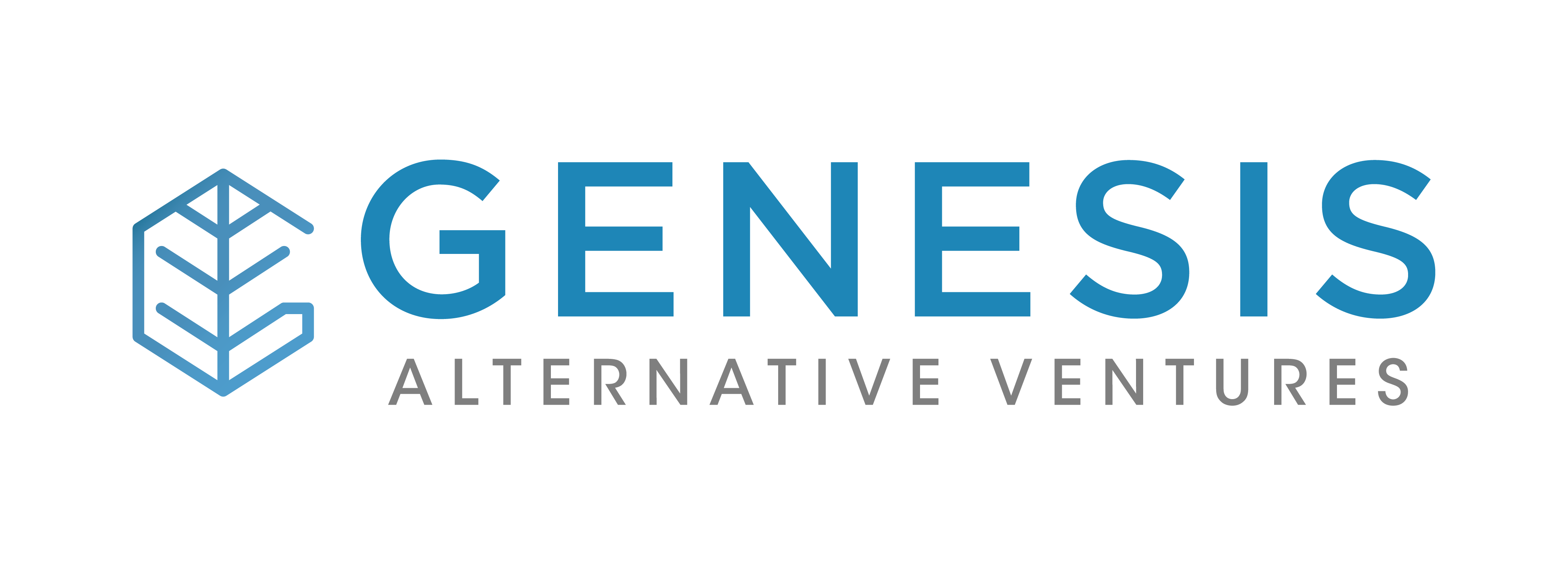A Peek into Some of 2022’s Hottest Technology Trends

Genesis is exploring various deeptech startups in healthcare, energy storage, sustainable energy, and smart mobility. We believe that beyond the first wave of Southeast Asia startups that are disrupting retail, commerce, and finance for consumers and businesses, the next wave of disruptive startups is already in their early growth phases. For instance, plant-based to lab-grown food companies; sustainable farming and energy; and healthcare technologies are leveraging cheaper, faster processing chips to develop home-based devices that can monitor individuals outside the clinical environment.
Battery Technologies That Could Power The Future
Cheaper, denser, lighter, and more powerful. These are the attributes of a futuristic battery pack that every device maker wants. From iPhones to laptops and electric vehicles (EVs), a battery that can store energy for use continuously without having to charge for at least 24 hours would be a breakthrough.
At CES 2022, HyperX showcased the Cloud Alpha Wireless, claiming the wireless headset can operate for 300 hours, (or more than 12 days of use.) Avid gamers would be thrilled to have this device. Range anxiety is an issue that all car manufacturers are working hard to resolve; and the Mercedes-Benz Vision EQXX concept EV was unveiled with a claimed range of 1,000 km, packed with a 100kWh battery that is 50% smaller and 30% lighter. Current Tesla EV models can push the 600km range with additional specifications. With more EV models launching into mass production, would 2022 be the year that the EV tsunami comes ashore?

Entering The Metaverse Will Become A Necessity For Brands
For the uninitiated, the metaverse is an immersive virtual world that will serve as a form of the embodied internet. It is a general term most commonly associated with Mark Zuckerberg’s dream of migrating social media platforms into virtual and augmented realities.
Bloomberg shares that fashion and beauty companies are selling visions of metaverse makeovers, in which avatars get dressed and dolled up. Luxury brands like Gucci, Balenciaga and Burberry have been sketching and planning digital fits to adorn digital users. Louis Vuitton released an exclusive capsule collection that featured the League of Legends gaming universe, including special Prestige skins for the League of Legends Champion, Qiyana. PulpoAR will offer virtual makeovers. Other companies, like Procter & Gamble, are adding more subtle beauty experiences like BeautySPHERE, which walks users through the ingredients and processes used to make their cosmetic products.

Digital Twins in Healthcare
Digital twins of human organs and systems are a closer prospect, according to a Forbes article on The Five Biggest Healthcare Tech Trends In 2022, and these allow doctors to explore different pathologies and experiment with treatments without risking harm to individual patients while reducing the need for expensive human or animal trials. A great example is the Living Heart Project, launched in 2014 with the aim of leveraging crowdsourcing to create an open-source digital twin of the human heart. Similarly, the Neurotwin project – a European Union Pathfinder project – models the interaction of electrical fields in the brain, which it is hoped will lead to new treatments for Alzheimer’s disease
TeleHealth Could Be A Quarter of Trillion Dollar Industry
According to the HIMSS Future of Healthcare Report, remote healthcare and telemedicine have gone mainstream with the pandemic restricting people from going out. During the first months of the pandemic, the percentage of healthcare consultations that were carried out remotely shot up from 0.1% to 43.5%. Analysts at Deloitte say that many doctors and patients have shed their discomfort with video visits, setting the stage for their continued use post-pandemic. McKinsey is of the view that Telehealth could be worth $250 billion with the acceleration of consumer and provider adoption of telehealth and extension of telehealth beyond virtual urgent care in the US.
In line with the envisaged growth in remote healthcare and aging population demographics, new generation wearable technologies equipped with heart rate, stress, and blood oxygen detectors are needed to enable healthcare professionals to accurately monitor vital signs in real time at home. GE Healthcare is creating the next generation of patient monitoring with wearable sensors. In the future, light-weight, even printable technology could help in ensuring patients’ safety in recovery after medical operations. Monitoring technologies offering precision in performance could give healthcare officials new possibilities to monitor patients from afar.

Some of these technology trends may be available very soon and others will be very important in the future as they begin graduating from R&D labs and enter the marketplace. We hope to see more great tech become commercially ready as these will impact our lives and make us healthier people. Until 2023!
